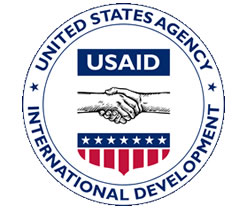 Dr. Felix Osei-Sarpong, the Public Health Specialist at the United States Agency for International Development, has said the inability of most Ghanaian health facilities to have modern resuscitation machinery contributed to 20 per cent child mortality cases in the country.
Dr. Felix Osei-Sarpong, the Public Health Specialist at the United States Agency for International Development, has said the inability of most Ghanaian health facilities to have modern resuscitation machinery contributed to 20 per cent child mortality cases in the country.
He said the 10-dollar equipment had the potential to curb the achievement of the Millennium Development Goal 4 and 5 if stakeholders were not up and doing in providing this simple machine especially in the rural areas of the country.
He said this at the Effia-Nkwanta Midwifery School when Mr Gene Cretz, the US Ambassador, visited the facility on Wednesday.
He mentioned other causes of child mortality as delayed or prolonged labour and neonatal infections.
The school showed a locally made resuscitation machine made from the cap of a bottled container used for teaching purposes.
Dr. Osei-Sarpong said USAID under the Maternal and Child Health Integrated (MCHIP) programme had trained tutors on neonatal resuscitation through “Helping Babies to Breathe”, a competency-based training.
The MCHIP has also provided the school with a Neonatal Resuscitation Model (the Neo Natalie Model) as Maternal and Newborn aids.
Dr. Osei-Sarpong said the model was fast becoming the internationally acceptable and preferred model with its training material developed and tested by the American Academy of Pediatrics.
The new model for saving babies, he said, had improved practical work of trainee midwives in USAID-Sponsored institutions and students are able to use the skills acquired to enhance deliveries.
Ambassador Gene Cretz appealed to the students to use the skills acquired with confidence in saving newborns to prevent needless deaths.
Source: GNA











